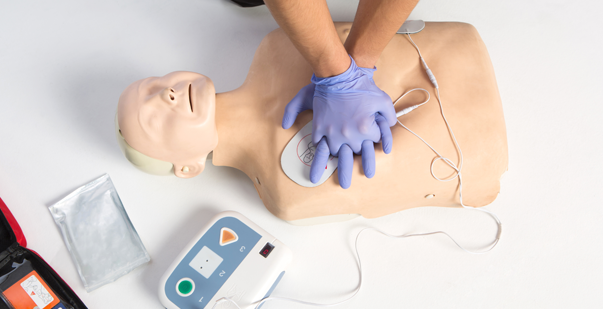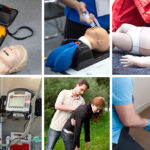The process of planning an event is difficult and time-consuming. But if done correctly, the outcomes of the action plan can be very satisfying. One of the key elements to successful events is educating attendees on safety protocols. Proper life-saving training by the American CPR Care Association can save people’s lives. It can help you handle medical emergencies at events. This blog discusses the importance of CPR education during an event. You will also read about the types of CPR and its importance for event planners.
Basic types of CPR
Cardiopulmonary resuscitation has various types that assist both the patient and the bystander. These types are divided based on the patient’s age and condition. When you take up a CPR certification course, ensure you learn the below-mentioned basic skills.
CPR divided by patient age includes the following:
- Infant CPR: This type of CPR is for infants under one year of age. It involves giving five initial chest compressions followed by two rescue breaths. You should also use only two fingers to deliver chest compressions for an infant.
- Child CPR: This type of CPR is for children up to eight. It involves giving five initial chest compressions followed by two rescue breaths. You should only use one hand to deliver chest compression to this age group.
- Adult CPR: This type of CPR technique is for adults and older people. You use both palms for adult CPR and provide rescue breaths till the patient’s chest rises.
CPR divided by technique includes the following:-
- Hands-Only CPR: This type of CPR does not require mouth-to-mouth contact and involves chest compressions only. It is for adults who have suddenly collapsed in cardiac arrest. Bystanders can use this technique without fearing contracting diseases from a patient.
- Automated External Defibrillator (AED) CPR: This type of CPR is used when an AED is available. This machine delivers a shock to the patient’s heart. The electrical stimulus can restart the heart or restore its normal rhythm. You can use AED on infants, children, and adults.
Role of CPR Education and Training in Preparing for Medical Emergencies at Events
Event planners work hard to assemble the best things for one special day. Planners detailing large-scale events like government workshops or summits must be aware of emergency management. While tight security around the event is unavoidable, planners must also invest in life-saving courses including emergency management. Some of the below-mentioned points highlight why CPR is essential in detail with emergencies at events.
- Throughout this course, you can educate event staff and attendees on emergency management. CPR training provides event staff and attendees with the knowledge of performing CPR. It includes understanding the signs and symptoms of a medical emergency and acting on it without hesitation.
- CPR training teaches you to assess the environment for potential medical emergencies. You can send an alert in situations like high temperatures or overcrowding. By doing this, you lower the possibility of medical emergencies and guarantee the security of the event’s participants.
- CPR training ensures that event staff are knowledgeable in providing basic first aid. Taking care of common medical crises like falls, strokes, and seizures is part of it. After the course, you can also recognize and respond to more serious medical emergencies like anaphylaxis or choking.
- The first thing you learn in CPR is to call for help. CPR training teaches event staff to call 911 or contact other medical professionals immediately. In order to guarantee a prompt answer, you also learn to offer the relevant details.
- Our CPR training provides event staff with an understanding of the chain of survival. It includes early recognition and emergency response as the primary points. The training also discusses the importance of CPR and using an AED to help restore a regular heart rhythm.
Benefits of CPR Certification for Event Planners
Certification courses are the best ways to stay ahead in the competitive job market. Some benefits of taking a CPR certification include the following:-
- Increases Opportunities: CPR certification can help boost the job prospects of event planners. Some employers may require certification as a mandate for hiring.
- Enhances Credibility: This certification can help event planners gain clients’ and employers’ trust and respect. It increases their credibility in the competitive market and lands them more events.
- Improves Safety: Having CPR knowledge and certification creates and maintains a safe environment for their guests.
- Reduces Liability: The event management company can reduce the risk of liability. Employees who have a valid certificate receive cover under the Good Samaritan Act.
- Improves Teamwork: CPR certification can help event planners work better as a team. Our certification enables team members to support one another more effectively.
Conclusion
Nothing matters more than the lives of the number of people attending high-profile events. Medical emergencies at events are common, but staying prepared for them can boost your credibility as a company. The American CPR Care Association’s CPR course is suitable for bystanders. We offer a nationally and internationally recognized certification. Log onto our website and make people recognize your caliber today.







